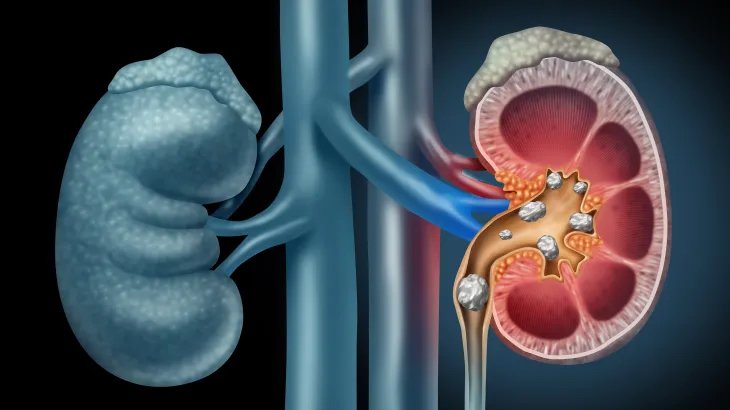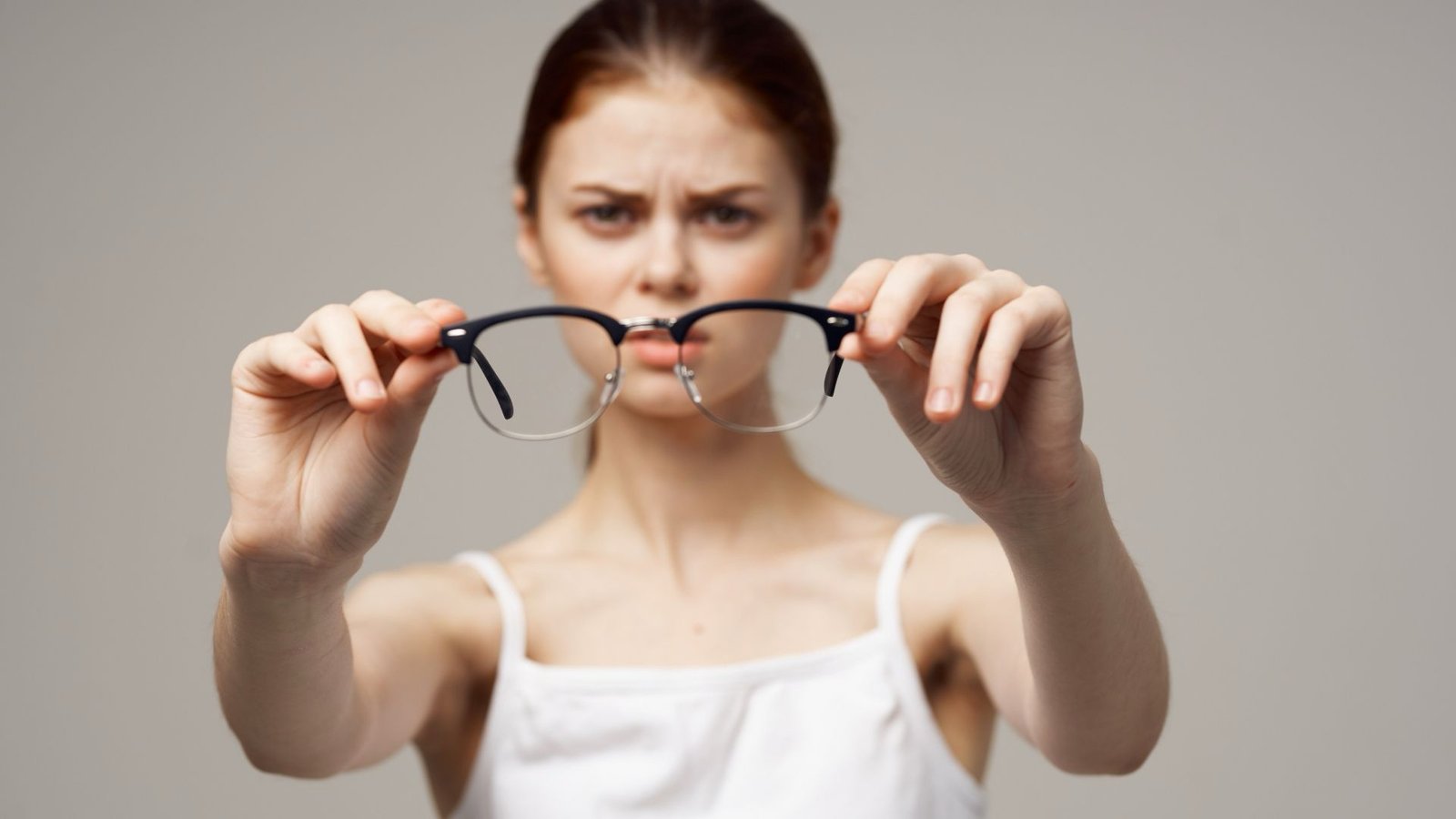Kidney stones, medically known as renal calculi, are hard deposits made of minerals and salts that form inside the kidneys. They can affect any part of the urinary tract, from the kidneys to the bladder, and are known for causing extreme pain when they pass through the urinary tract. Understanding the causes, symptoms, and available treatment options for kidney stones is essential to both prevent and manage this painful condition. In this article, we will explore these aspects to help individuals understand how to maintain kidney health and prevent the recurrence of kidney stones.
What Are Kidney Stones?
Kidney stones are solid masses made of crystals that usually form in the kidneys but can develop anywhere along the urinary tract. They result from the accumulation of minerals—most commonly calcium oxalate—that crystallize due to concentrated urine. There are different types of kidney stones, including calcium stones, uric acid stones, struvite stones, and cystine stones, each having distinct causes and risk factors.
The size of kidney stones can vary, from as small as a grain of sand to as large as a golf ball. While small stones may pass unnoticed, larger stones can cause severe pain and blockages in the urinary tract.
Causes of Kidney Stones
Kidney stones form when there is an imbalance in the substances that make up urine, such as calcium, oxalate, and phosphorus. When these substances are too concentrated, they can crystallize and form stones. Below are the most common causes of kidney stones:
1. Dehydration
One of the leading causes of kidney stones is dehydration. Not drinking enough water can cause urine to become more concentrated, which makes it easier for minerals to crystallize and form stones. People who live in warm climates or those who sweat a lot may be at higher risk due to the loss of fluids.
2. Diet
A diet high in oxalates (found in foods like spinach, nuts, and chocolate), sodium, or animal protein can increase the likelihood of stone formation. High levels of sodium can cause more calcium to be excreted in the urine, leading to stone formation. Uric acid stones are commonly caused by a diet rich in purines, found in red meats and shellfish.
3. Family or Personal History
If a person has a family history of kidney stones, they are more likely to develop them. Additionally, if someone has had kidney stones before, they are at higher risk of developing them again.
4. Obesity
Obesity and weight gain are significant risk factors for kidney stones. Excess body weight can change the composition of urine, increasing the risk of stone formation. Conditions like metabolic syndrome can also lead to the formation of stones.
5. Certain Medical Conditions
Some medical conditions can contribute to kidney stone formation, such as gout, hyperparathyroidism, and Crohn’s disease. These conditions can affect the balance of minerals in the body, leading to the crystallization of substances in the urine.
Types of Kidney Stones
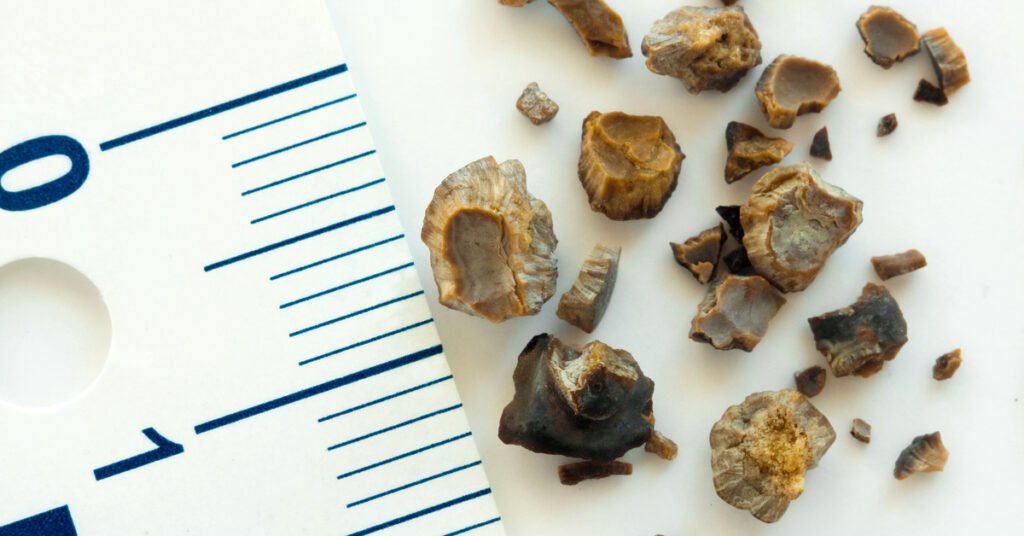
Understanding the different types of kidney stones can help in determining their causes and how to prevent them:
- Calcium Stones: The most common type, often formed from calcium oxalate. Diets high in oxalate-rich foods can increase the risk.
- Uric Acid Stones: Formed in individuals who do not drink enough water or eat a high-protein diet. Uric acid stones are more common in people with gout.
- Struvite Stones: Often associated with urinary tract infections. These stones can grow quickly and become quite large.
- Cystine Stones: A rare type of stone that forms in individuals with a hereditary disorder called cystinuria.
Symptoms of Kidney Stones
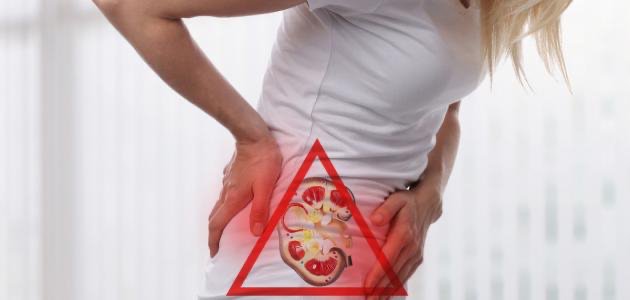
Kidney stones may not cause any symptoms until they begin to move through the urinary tract. When symptoms do appear, they often include:
- Severe pain: Pain is the hallmark symptom of kidney stones and is typically felt in the back, sides, or lower abdomen. It may also radiate to the groin.
- Painful urination: Stones can cause discomfort during urination, often described as a burning sensation.
- Blood in the urine (hematuria): Kidney stones can damage the lining of the urinary tract, leading to blood in the urine.
- Nausea and vomiting: The intense pain from kidney stones may lead to nausea and vomiting.
- Frequent urination: The urge to urinate frequently, often in small amounts, is another common symptom.
- Fever and chills: If an infection is present along with the kidney stone, symptoms such as fever and chills may occur.
Diagnosis of Kidney Stones
To diagnose kidney stones, doctors will typically start with a review of the patient’s medical history and a physical examination. Additional tests may include:
- Imaging tests: A CT scan or ultrasound can be used to detect kidney stones and determine their size and location.
- Urinalysis: A urine test can help identify if there are any crystal-forming substances in the urine or if there is blood present.
- Blood tests: Blood tests can reveal high levels of minerals, such as calcium or uric acid, that may indicate a predisposition to forming stones.
Treatment Options for Kidney Stones
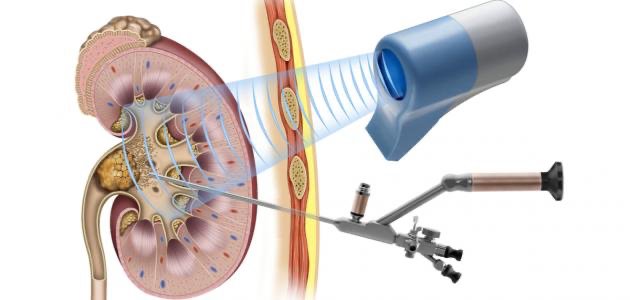
The treatment for kidney stones varies based on the size of the stone, the location, and the severity of symptoms. Common treatment options include:
1. Increased Hydration
For small stones, drinking plenty of water (at least 2-3 liters a day) can help flush the stones out of the urinary system. This is the first line of defense for many kidney stones, especially those under 5mm in diameter.
2. Medications
Medications like alpha-blockers can help relax the muscles of the ureter, making it easier for the stone to pass. Pain relievers such as ibuprofen or acetaminophen may also be prescribed to manage discomfort. In some cases, drugs to reduce calcium or uric acid levels in the urine may be recommended to prevent future stones.
3. Extracorporeal Shock Wave Lithotripsy (ESWL)
This non-invasive procedure uses sound waves to break larger kidney stones into smaller pieces that can pass through the urine more easily. ESWL is typically used for stones that are too large to pass naturally but not large enough to require surgery.
4. Ureteroscopy
If a stone is lodged in the ureter, a ureteroscope can be inserted through the urethra to locate and remove or break up the stone. This procedure is more invasive than ESWL but less invasive than surgery.
5. Percutaneous Nephrolithotomy
For very large stones, percutaneous nephrolithotomy may be required. This is a surgical procedure where the surgeon makes a small incision in the back to remove the kidney stone directly.
Prevention of Kidney Stones
Preventing kidney stones involves addressing the underlying causes and making lifestyle changes. Key preventive measures include:
- Staying hydrated: Drinking enough water is crucial to dilute the substances in urine that cause stones.
- Dietary changes: Reducing the intake of high-oxalate foods, such as spinach, nuts, and chocolate, can help prevent calcium oxalate stones. Limiting sodium and animal protein intake is also important.
- Medications: In some cases, medications may be prescribed to prevent the recurrence of stones, such as diuretics to reduce calcium levels or drugs that lower uric acid.
Conclusion: Managing and Preventing Kidney Stones
Kidney stones are a painful and often recurrent condition that can have a significant impact on quality of life. By understanding the causes and symptoms, individuals can take steps to prevent stones and seek timely treatment if they occur. Maintaining proper hydration, making dietary adjustments, and addressing any underlying medical conditions are essential for reducing the risk of kidney stones. If you suspect you have kidney stones or are experiencing symptoms, consulting with a healthcare professional is the best course of action to receive an accurate diagnosis and appropriate treatment.
Sources:
- Mayo Clinic, “Kidney Stones,” Mayo Clinic Kidney Stones.
- National Institute of Diabetes and Digestive and Kidney Diseases (NIDDK), “Kidney Stones,” NIDDK Kidney Stones.
- Urology Care Foundation, “Kidney Stones,” Urology Care Foundation.
